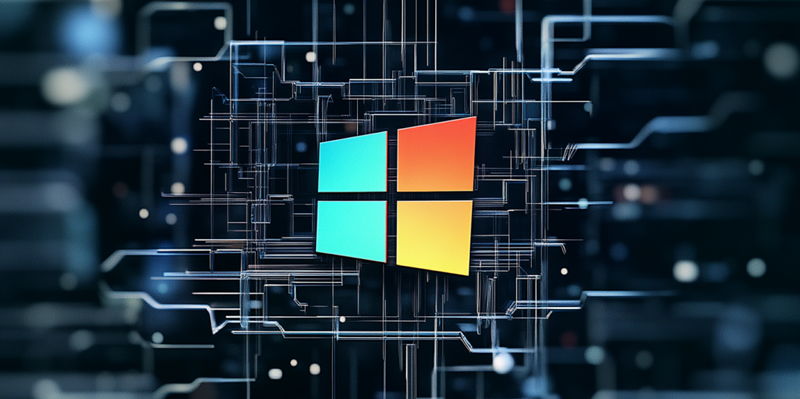In today’s rapidly evolving digital landscape, the importance of cybersecurity cannot be overstated. Recently, the Cybersecurity and Infrastructure Security Agency (CISA) issued a critical warning about two newly identified vulnerabilities in Microsoft Windows, designated CVE-2024-49039 and CVE-2024-43451. These vulnerabilities pose significant threats as they could permit attackers to escalate their privileges and access sensitive data. Given the potential ramifications, it is crucial for both organizations and individual users to take these vulnerabilities seriously and implement immediate steps to mitigate the associated risks.
Understanding CVE-2024-49039: Task Scheduler Privilege Escalation
CVE-2024-49039, one of the vulnerabilities flagged by CISA, is a Task Scheduler Privilege Escalation flaw. This vulnerability enables local attackers to run malicious code outside of its restricted environment, potentially leading to system compromise through access to Remote Procedure Call (RPC) functions. Although it remains unclear whether this vulnerability has been exploited in ransomware campaigns, its presence still represents a substantial risk. Cybersecurity experts emphasize the need for timely intervention to prevent possible exploitation.
The mitigation recommendations provided by Microsoft should be rigorously followed. Users and IT departments must stay abreast of updates from Microsoft concerning this issue and apply patches or workarounds promptly. In cases where mitigations are not available, it may be prudent to stop using affected systems until a secure solution is implemented. By doing so, the risk of unauthorized access and potential data breaches can be significantly reduced. The urgency of addressing this vulnerability cannot be overstated, as the stakes involve the safety of both personal and corporate data.
The Threat of CVE-2024-43451: NTLMv2 Hash Disclosure Spoofing
Another critical vulnerability highlighted by CISA is CVE-2024-43451, an NTLMv2 Hash Disclosure Spoofing issue targeting Microsoft Windows’ NT LAN Manager version 2 (NTLMv2) authentication protocol. This flaw can be exploited by tricking users into opening a malicious file, subsequently disclosing their NTLMv2 hash. Such an attack enables the perpetrator to impersonate the user and gain unauthorized access to critical systems and sensitive data. While there have been no confirmed cases of ransomware exploiting this vulnerability, its potential impact necessitates swift and thorough action.
Organizations and users are urged to implement the mitigation strategies recommended by Microsoft without delay. Should patches be unavailable, discontinuing the use of vulnerable products is advisable to avoid incidents. Vigilance is crucial in recognizing and responding to any signs of compromise, ensuring that internal defenses remain robust against these evolving threats. It is imperative to understand that even without current exploitation cases, the existence of such vulnerabilities amplifies the risks associated with cyberattacks.
Prioritizing Proactive Measures for Cybersecurity
In today’s ever-changing digital environment, cybersecurity’s significance cannot be overstated. The Cybersecurity and Infrastructure Security Agency (CISA) has recently highlighted two critical vulnerabilities in Microsoft Windows, known as CVE-2024-49039 and CVE-2024-43451. These flaws present considerable threats as they enable attackers to elevate their access privileges, potentially reaching sensitive information. As these vulnerabilities could have severe consequences, it is essential for businesses and individual users alike to recognize the gravity of the situation. Immediate action should be taken to mitigate the risks.
Organizations should perform thorough assessments to understand their exposure to these vulnerabilities. They need to apply the necessary patches and updates provided by Microsoft to safeguard their systems. They should also ensure their cybersecurity protocols are robust, continuously monitoring for signs of exploitation. Similarly, individual users must update their systems promptly and be vigilant regarding any unusual activities. By taking these steps, we can collectively enhance our cybersecurity defenses and protect our sensitive data from potential threats.

